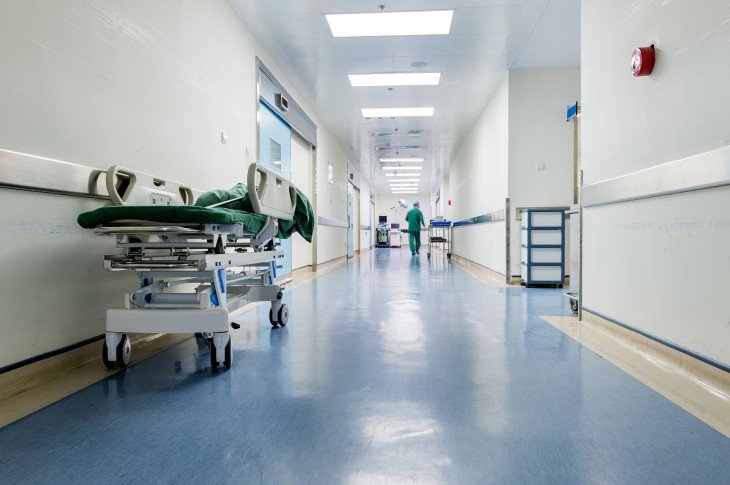Intelligent ambulance placement for maximum efficiency
November 19, 2018 | Monday | Features | By Manish Sacheti
Emergency medical service providers have developed various strategies for ambulance placement to reduce the response time, thus making optimum use of the Golden Hour.
In a developing nation like India, where human assets are a huge support, and despite the fact that the country is home to a population of 132 crores, we have earned a dubious distinction for the number of road accidents that take place. In fact, with over 130,000 deaths annually, India has overtaken China, and now has the world’s worst road traffic accident rate. With one accident being reported every minute and 16 deaths every hour, our roads are now more unsafe than ever.
Rush hour, in particular, is said to be the most dangerous time to be on the roads. Statistics put out by the Indian Government show that nearly 35 per cent of all road accidents occur between 3-9pm. As visibility drops post 6pm, and people are rushing to get home, perhaps, this could be among the reasons for accidents during the rush hour. And it is during this period, that transportation of a patient to the nearest hospital is truly troublesome, amid peak traffic.
As a solution, emergency medical service providers have developed various strategies for ambulance placement to reduce the response time, thus making optimum use of the Golden Hour. The time after an accident can be optimally used to make a difference between a life saved and life lost, if recovery actions are able to take place in time. However, routing problems and traffic congestion is one of the major factors hampering speedy assistance. By identifying sites where the possibility of accidents are higher and the closest spot for ambulance placement, the response time can be greatly reduced.
In order to operate efficiently as well as effectively, ambulances should be deployed in areas where there is maximum demand and the vehicle is able to reach the victim within a drive time of five minutes.
In a sector which is tightly time bound, rationing resources for maximum efficiency is a dire need of the hour. Unfortunately Ambulance providers are caught having to constantly defend their decisions to shift the vehicles from the government allotted spaces. But in order to fully understand the advantages of strategic ambulance placement, there is a lot we can learn from countries like New Zealand who have implemented such systems and seen success in their response rates over a period. The same can also be felt in cases of large scale events such as sports matches, where there is a risk of having a medical emergency due to stampede or man made disasters. By having an ambulance on site or in close proximity to the sports venue, the response time can be significantly reduced and thereby save precious lives.
At present the average response time of a medical emergency vehicle is 9 minutes. By strategically and intelligently placing them, we can further reduce this time, and increase the number of lives saved.
Manish Sacheti, CFO, Ziqitza Healthcare










